While the astronomical community waits for the James Webb Space Telescope to complete its calibrations and begin sending back images that could revolutionize our knowledge of the Universe there is still some work being done with the telescopes we already have. Even without Webb discoveries are being made both in deep space and here in our own Solar System.
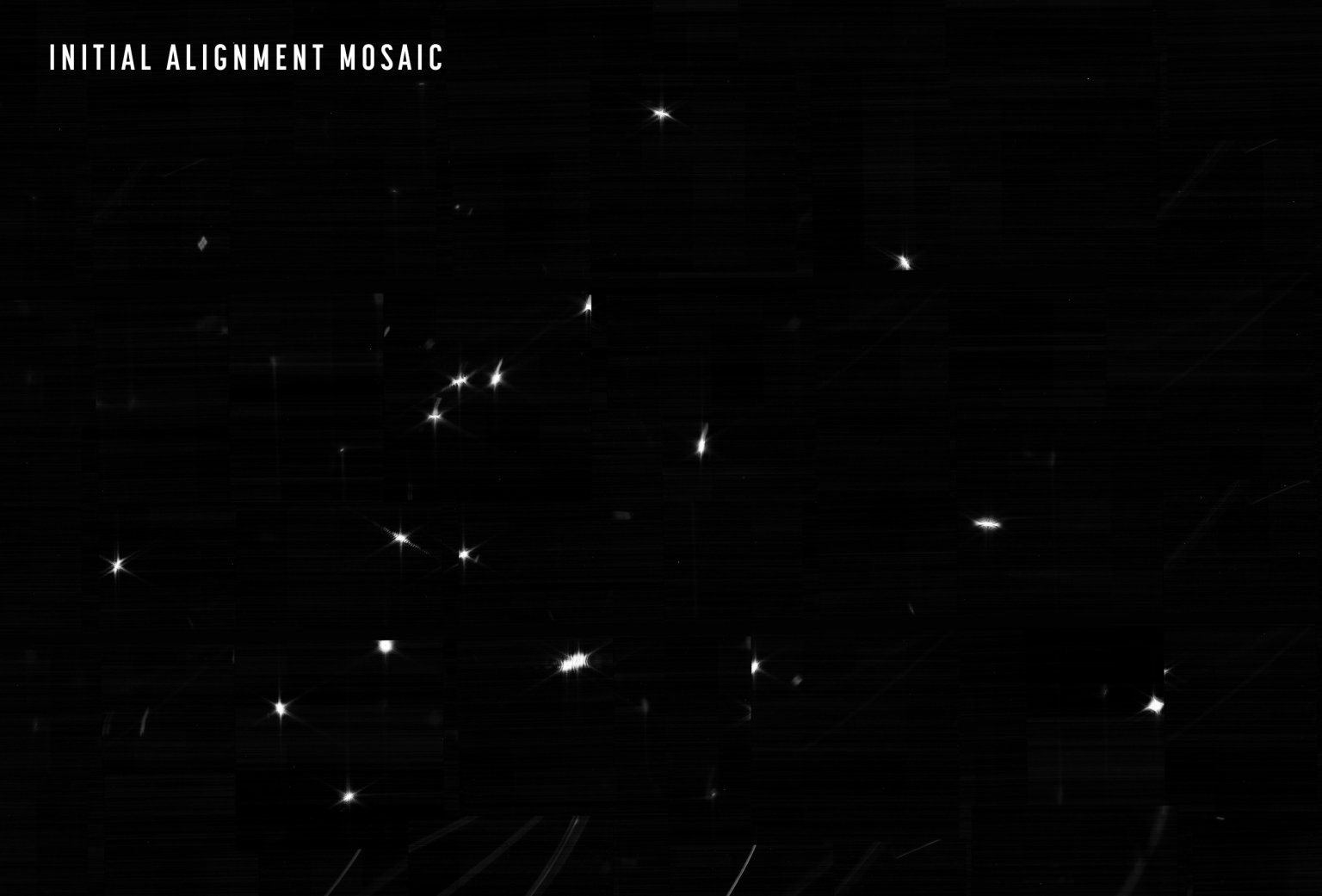
As an example of the former astronomers have finally captured the last days of a red giant star before it explodes as a Type II supernova. The star in question is located in the galaxy NGC 571 that is about 120 million light years away and the star was discovered and studied by the Pan-STARRS telescope on the Hawaiian island of Maui along with the W. M. Keck telescopes on the big island of Hawaii.
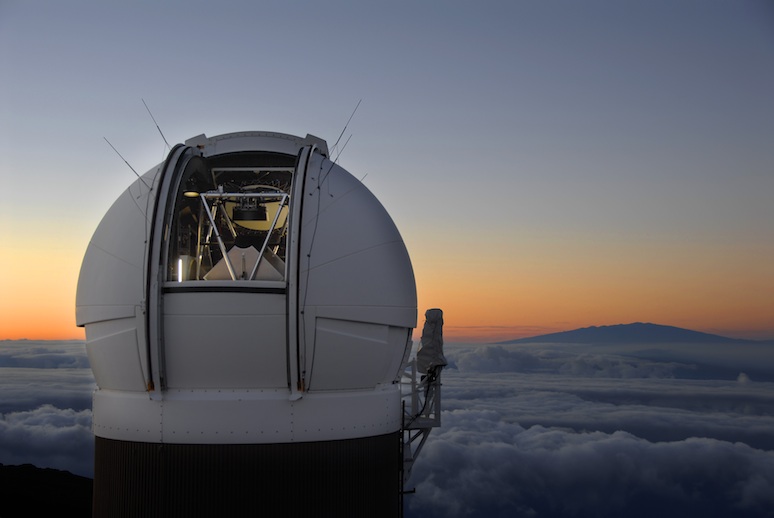
The researchers at the University of Hawaii’s institute for astronomy succeeded in making observations of the star, which has now been given the title of Supernova 2020tlf, or SN 2020tlf, for the last 130 days prior to its detonation. The star, whose mass is estimated to have been about 10 times the mass of our Sun, was first noticed by Pan-STARRS telescope during the summer of 2020 because of the abnormal amount of light it was producing. As astronomers looked closer what they found was that the star was a late-stage red giant that was ejecting large amounts of gas. These conditions were similar to those that theoreticians have predicted presage the beginning of the end before a star goes Supernova.
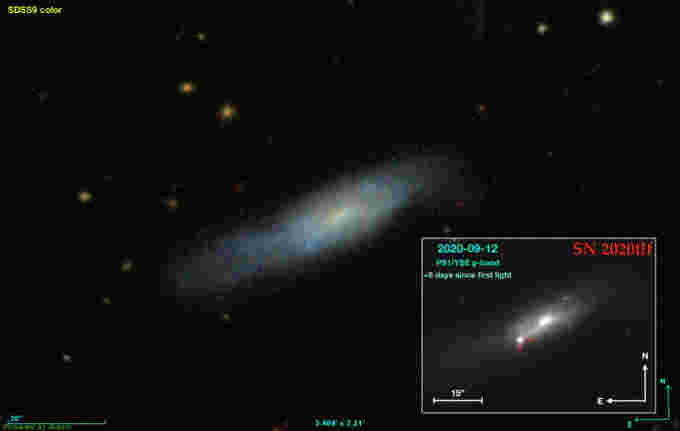
The astronomers therefore decided to keep an eye on the star and a few months later they were rewarded by the flash of the Supernova explosion. According to lead author Wynn Jacobson-Galán of the University of California at Berkeley, “This is a breakthrough in our understanding of what massive stars do before they die. Direct detection of pre-supernova activity in a red-supergiant star has never been observed in an ordinary Type II supernova. For the first time, we watched a red-supergiant star explode.”
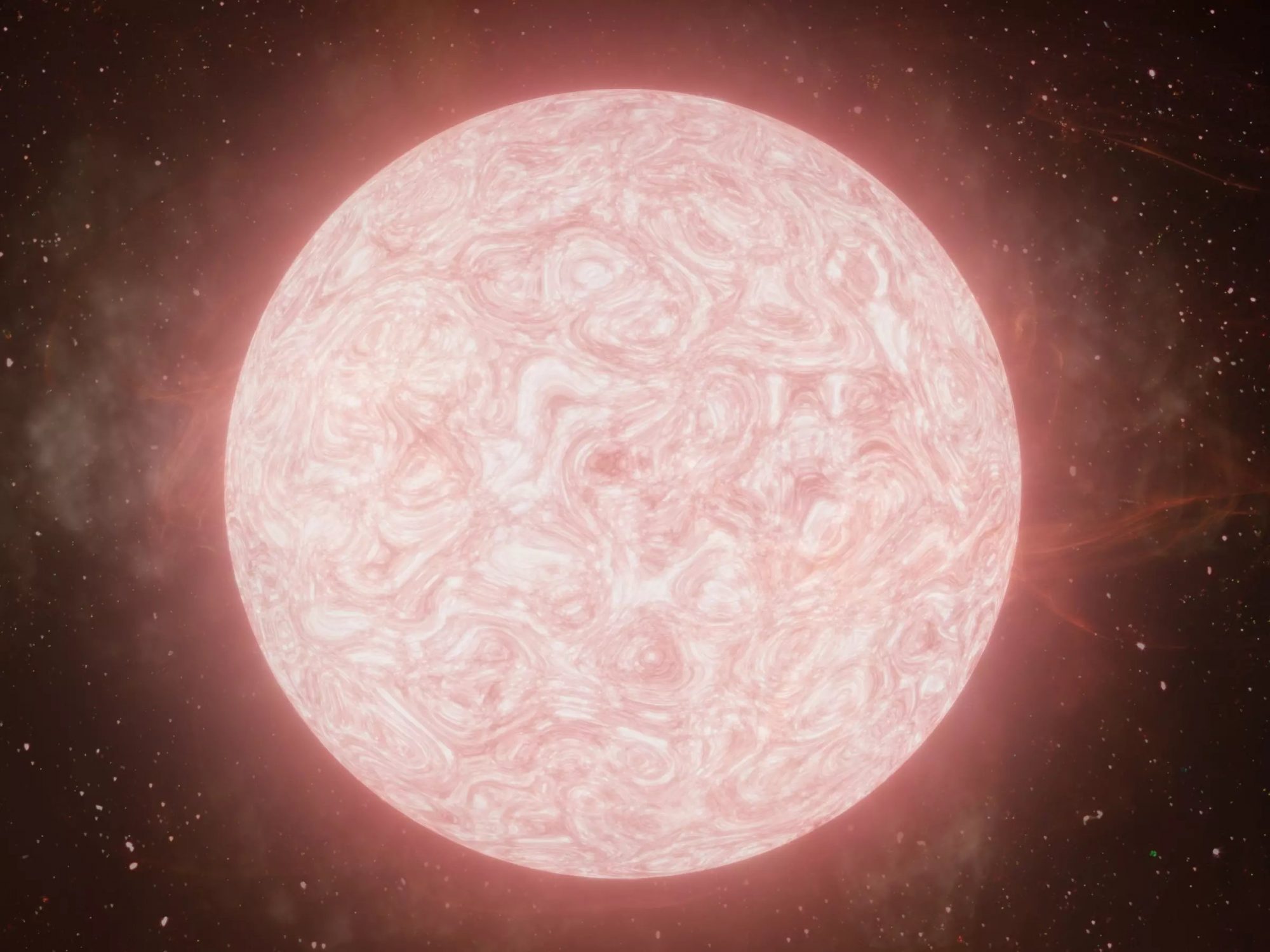
The observations of SN 2020tlf have already overturned several models of red supergiant behavior immediately before going supernova. Those models indicated that immediately prior to going nova a star would become rather quite and expel very little gas. SN 2020tlf shows that at least some red supergiants are active right up to the very end.

The researchers are continuing to monitor SN 2020tlf, making observations that will allow the nova to be compared to other supernova. Little by little we are learning the secrets of the exploding stars called Type II supernova, some of the most energetic events in the entire Universe.
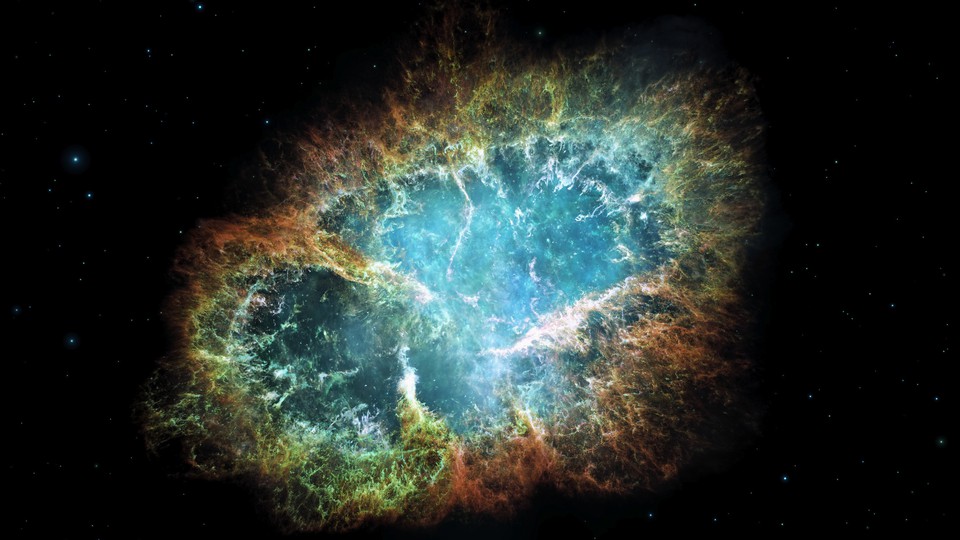
At the same time there are still discoveries to be made much closer to home, right here in our own Solar System. Asteroids are a hot topic in planetary studies right now for several reasons. First of all we have several space probes that are either on their way to asteroids or are currently on their way back with material gathered from asteroids. For example the OSIRIS-REx spacecraft is on its way back to Earth right now with pieces of the asteroid Bennu.
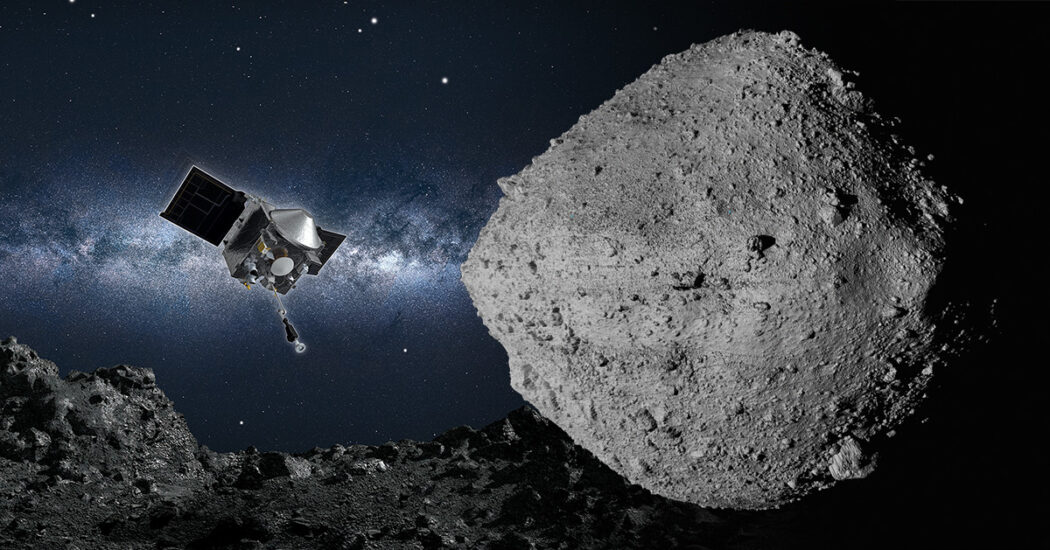
Then there’s the Lucy space probe that was launched on 16 October 2021 for a mission to explore asteroids at both of the planet Jupiter’s Trojan positions. The Trojan positions are locations along the orbit of a planet around the Sun that are 60º ahead of and 60º behind the planet. These locations were identified by the physicist Lagrange as being gravitationally stable positions and are technically denoted as the L3 and L4 positions. L3 and L4 have become known as the Trojan positions because astronomers began naming asteroids found in them after characters in the Homeric poems.
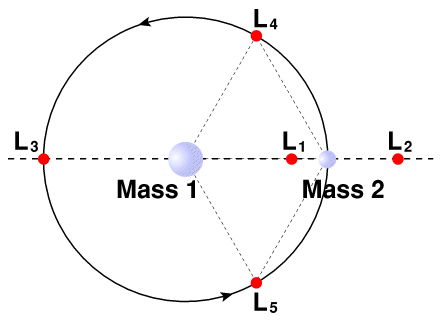
Now astronomers have discovered an asteroid located at one of Earth’s Trojan positions, actually this is the second such asteroid but the new one is at least three times as large as the first. The first Earth Trojan, known officially as 2010 TK7 was discovered back in the year 2010 and is considered to be something less than 400 meters in diameter. The new Earth Trojan is called 2020 XL5 and has been measured by the 4.1 meter Southern Astrophysical Research (SOAR) telescope on mount Cerro Pachón in Chile to be more than a kilometer in diameter. It took two years to obtain enough reliable data on the asteroid’s orbit to ascertain that it is in fact a Trojan of Earth’s. Both 2010 TK7 and 2020 XL5 occupy the L4 position behind Earth as it orbits the Sun.
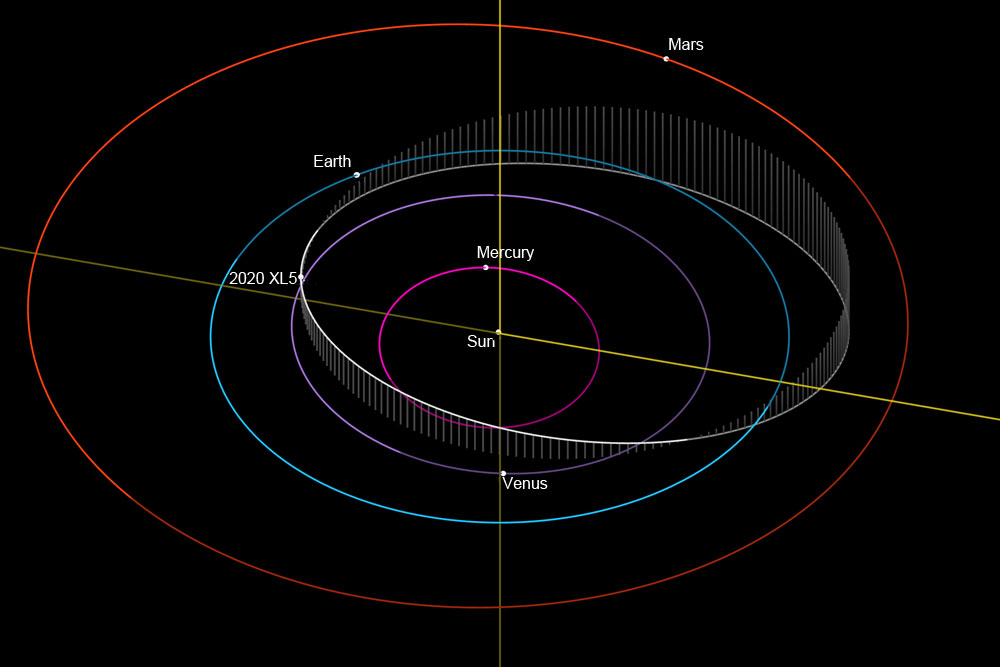
Earth Trojan asteroids are actually rather difficult to study because they never get very far away from the Sun in our sky. That means they can only be seen in the early evening right after the Sun has gone down or in the early morning before the Sun rises, and even then they are low along the horizon. In fact many of the telescopes astronomers use are not able to orient themselves to be able to see objects that low in the sky. So therefore Earth may actually have a lot more Trojans, we just haven’t found them yet.
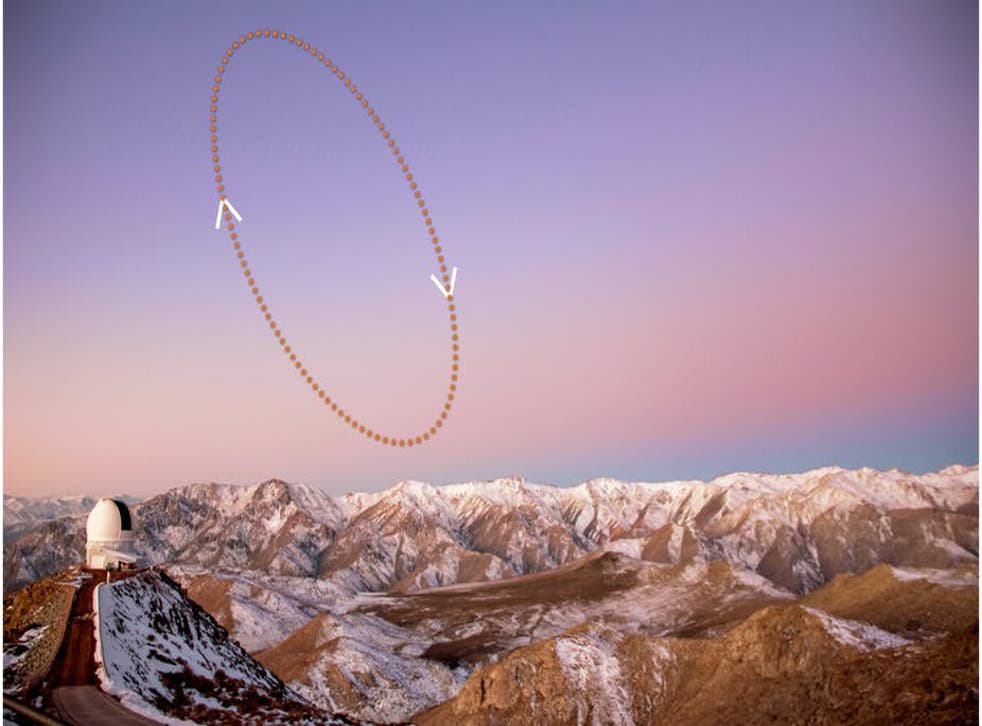
Because of its low gravity and stable position 2020 XL5 may make an excellent site for a future space base from which to explore the rest of our Solar System. We’ll have to hurry however, 2020 XL5‘s orbit isn’t perfectly stable, none are. In about 4000 years or so it will be perturbed out of its L4 location to become once more an independent asteroid orbiting the Sun.
Just a couple of tidbits to keep our mind occupied while we wait for Webb.
